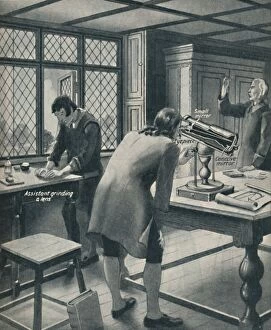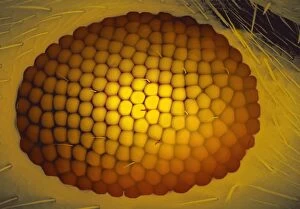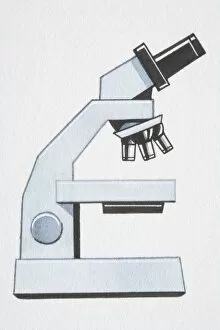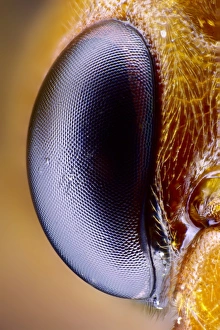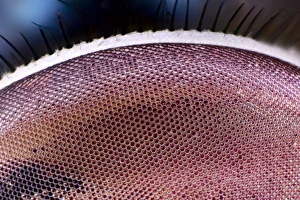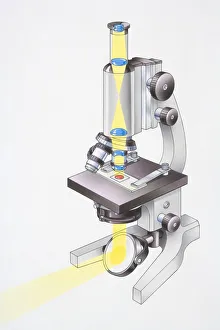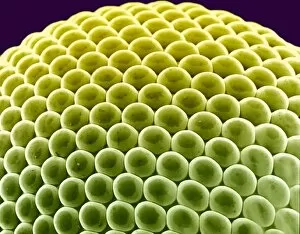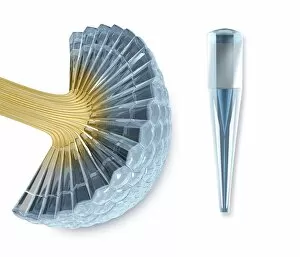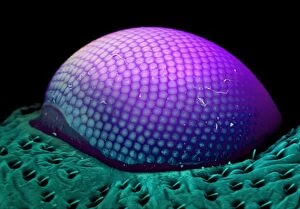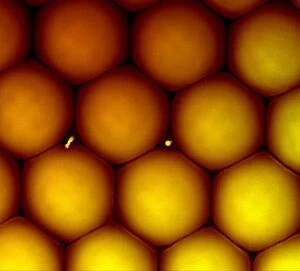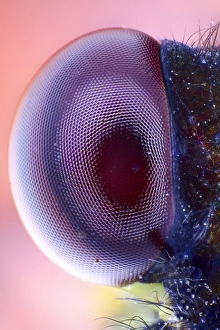Lenses Collection (page 2)
"Lenses: A Window to the World's Wonders and Beyond" Step into a captivating world through lenses, where possibilities are endless
All Professionally Made to Order for Quick Shipping
"Lenses: A Window to the World's Wonders and Beyond" Step into a captivating world through lenses, where possibilities are endless. From Tatler cover Winter Sports & Spring Cruise Number 1959, we embark on an enchanting journey. Camera lenses capture moments frozen in time, revealing hidden beauty with every click. Just like the compound eye of a fly seen through SEM Z340 / 0698, lenses provide us with unique perspectives that astound our senses. In "Hurray for the Robinson Ray. " by W. Heath Robinson, lenses take center stage as they transform ordinary objects into extraordinary inventions. Safety glasses shield our eyes from harm while allowing us to explore new horizons fearlessly. Witness groundbreaking advancements as an operation is screened live in a medical lecture using cutting-edge lens technology. Lippersheys Lenses revolutionize vision, just as historical microscopes unveil intricate details of life unseen before. The human intelligent optical interface bridges imagination and reality seamlessly. It empowers us to see beyond what meets the eye and delve deeper into the mysteries of existence. Marvel at a man adorned in an elaborate costume against the majestic backdrop of Basilica Saan Marco in St. Lenses transport us across time and space, capturing moments that transcend generations. From the 1916 British Army issue telescope with broad arrow symbolizing strength and precision to negatives that reveal both darkness and light simultaneously – lenses hold stories untold until unveiled by curious minds willing to explore their depths. So next time you gaze through a lens or peer into someone's soul through their eyes, remember that these tiny wonders have shaped history and continue to shape our perception of reality every day.


